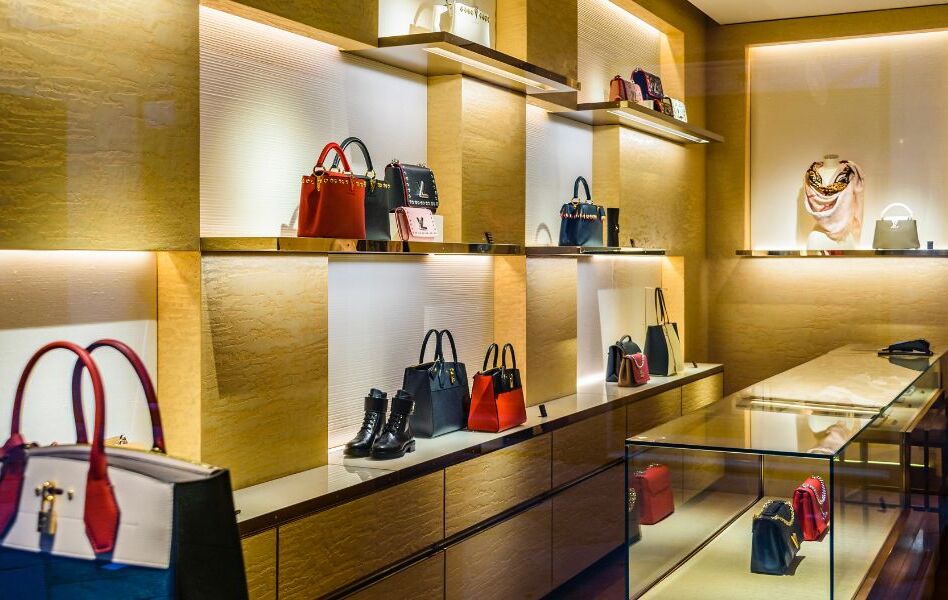Some of the world’s most well-known luxury brands have been around for over a century. Cartier, Hermes, Tiffany, Rolls Royce, and Louis Vuitton, among others – they have remained prosperous and relevant to current culture, even as they expanded into international markets. So, in addition to offering great products and seductive dreams, with all the work and luck that requires, they have clearly been consistently careful when adapting their brand for new countries and languages.
The promise of integrity
A luxury brand is one that offers products that are high quality, but not precisely necessary. Less costly and equally effective trunks, purses, lamps, watches, and cars are available to serve daily needs, but items are purchased from luxury brands in part for the dreams and desires that consumers attach to them. This means those brands must be extremely careful to communicate with their consumer base at home in the same tone that they use internationally, trend after trend, decade after decade. Even for an established brand like Louis Vuitton, for example, if a dedicated customer at home perceives a different brand image in the company’s international advertising or website, the customer’s trust can falter, and the brand’s image of integrity could be compromised. Just like that – with a single misstep.
Consistency across all markets
Image consistency includes the smallest details, like the shape and style of website buttons and whether they are flat or have a shadow; fonts and font sizing; what sort of objects and environments are pictured with the products; and the attitude of human models. The perception of luxury brands is always heavily based on visual identity elements, even more so than with other brands. And those visual identity elements must have prominence in localized marketing because that identity is not just marketing – that “look” that consumer desires attach to is very much a part of what a luxury brand is selling. So, while your translated texts and localized marketing may include subtle changes to adapt to a target country’s mores, laws, and other strictures, the savvy translator/localizer who knows both your product and the target country will make sure they balance subtle changes with a full retention of the luxury brand identity in all of the most important ways.
Translation precision
As a writer for luxurysociety.com suggests*, it can be charming to see a translation error in a French product and imagine that the error is due to the artisanal nature of the product and that maybe the company is run by a small group closely connected to the original creators. But on the other hand, it could just look sloppy and unprofessional. This is as true for any company going global as it is for a luxury brand—translation errors always reduce credibility. In addition to securing beautiful texts that accurately translate your brand, the language of your translation must be linguistically 100% accurate as well. But for a company whose brand is a large part of what they are selling, mistakes are even more dangerous.
Innovation to keep up with constant change
Luxury brands often have powerful histories and strong foundations. But even 170-year-old Louis Vuitton must stay current. To rest on the past achievements of a brand name is to forego future growth, for that is not guaranteed by the past. Louis Vuitton started his business in Paris in 1854, and his first star product was his steamer trunk, still a coveted item today, sporting monograms, color schemes and patterns that say, “Louis Vuitton.” But they will only continue to thrive if they are part of these times. With a move Louis could never have imagined, the Louis Vuitton marketing department developed a 21st century celebration of the designer’s 200th birthday: a video game of his life. Players follow the adventure of his journey through six imaginary worlds that exist outside of time, collecting monogrammed candles and keys that take them to other levels. Ten non-fungible tokens have been embedded into the game. Does this help their sales? If nothing else, it lights an imaginary bridge between the 1800s and the 2020s.
Creativity, Understanding, and Skills
The challenge of translating the marketing for a luxury brand requires a broad range of skills and experience. Websites, video, podcasts, and software can all be involved with the international expansion of your branding, so teams of translators, cultural and marketing experts, technicians, and subject matter experts will be able to accomplish the right kind of translation and localization. A cohesive vision and plan to prepare all materials for each market also requires a deep understanding of the products and the brand. Skrivanek’s translation teams for the luxury brands we support are not only talented and experienced, they also have a passion for recreating dreams for new target markets.
J. V. McShulskis
* The Language of Luxury: Content, Translation, and Culture in Between, by Sara White Wilson, luxurysociety.com
